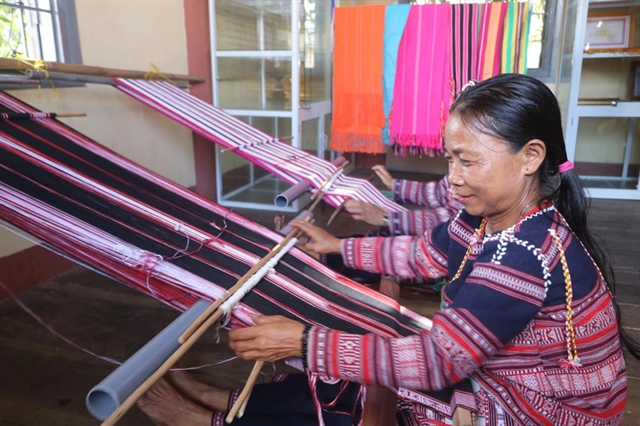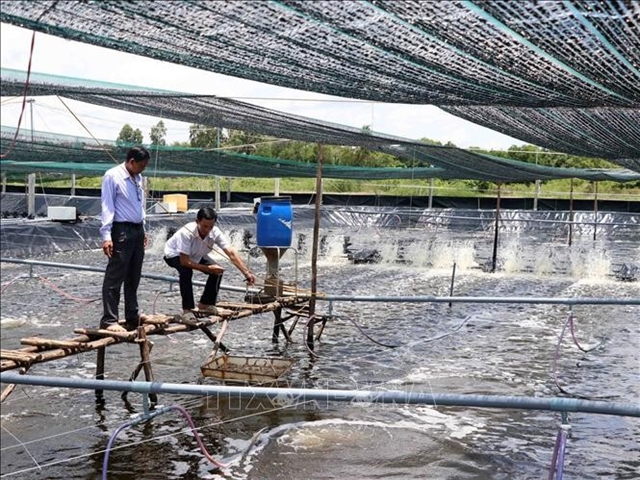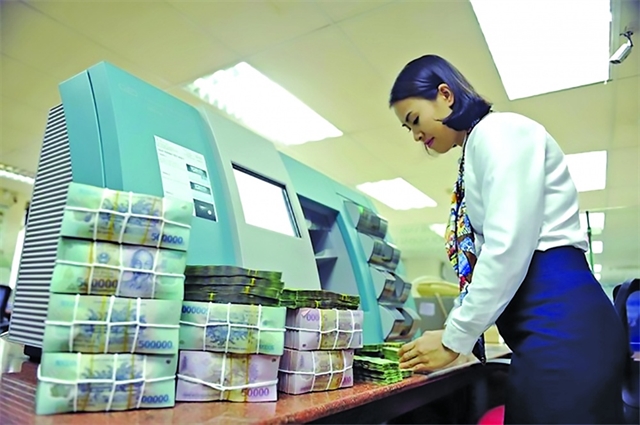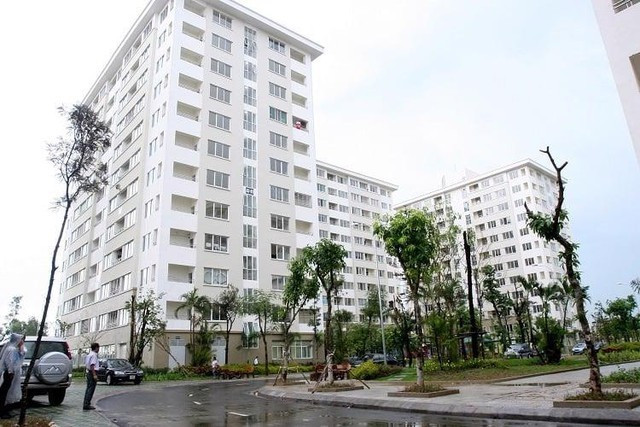 Society
Society
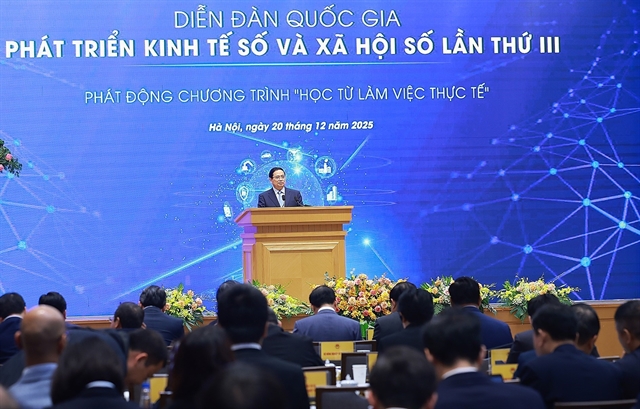

|
| A ceremony was held to mark the 2566th Vesak (Buddha's birthday) in May, 2022, in central Thừa Thiên - Huế Province. —VNA/VNS Photo |
HÀ NỘI — Việt Nam is a country with religious and belief diversity. The Vietnamese Party and State have always pursued a consistent policy of respecting and ensuring the right to freedom of belief and religion, and promoting good cultural and moral values and resources of religions in service of national development.
Thanks to the care of the Party and State, religious organisations in Việt Nam have carried forward the traditions of patriotism and great national solidarity, followed the motto of leading both good religious and secular life, and accompanied the nation, significantly contributing to national construction and defence.
In the past, legitimate and legal needs of religious organisations and individuals for building, repairing and upgrading worship places have received timely attention from all-level Party Committees and authorities along with guidance and prompt handling right from the grassroots level, creating consensus between the authorities and organisations.
Various cities and provinces have conducted planning to ensure land for religious needs, and handed over land for the construction of many places of worship.
The 2013 Constitution affirms that "everyone has the right to freedom of belief and religion, and has the right to follow any religion or to follow no religion. All religions are equal before law. The State respects and protects the right to freedom of belief and religion; no one may violate the freedom of belief and religion nor may anyone take advantage of a belief and religion in order to violate the law."
Chairman of the Government Committee for Religious Affairs Vũ Hoài Bắc stressed that the State creates optimal conditions for religious organisations to repair, upgrade and build worship places. He said most worship places of religions have been upgraded, many new ones have been built, and hundreds of hectares of land have been given to religious organisations for the construction of facilities, meeting people’s legitimate needs.
The official used the central province of Quảng Trị as an example, which provided 19 hectares of land for the expansion of the La Vang Pilgrimage Centre. Authorities in the northern city of Hải Phòng also provided 10,000 sq.m for the construction of a nursing home for local Catholic priests and followers. The northern province of Ninh Bình provided 15,000 sq.m of land for a pastoral centre of the Phát Diệm diocese. Thừa Thiên-Huế Province in the central region gave 20 hectares of land to the Vietnam Buddhist Academy in Huế City. The central city of Đà Nẵng handed over 6,000 sq.m of land to the Vietnam Christian Mission.
Principal Archbishop Huỳnh Thanh Phong, Permanent Vice Chairman of Tiên Thiên Cao Đài Church’s Executive Committee, said more than 80 per cent of places of worship of the Cao Đài sect have been either upgraded or rebuilt.
Between 2016 and 2019, a total of 1,430 new facilities for the practice of beliefs and religions were built, and 576 others renovated and upgraded. In the first half of this year, all-level authorities licensed the construction and upgrading of 152 worship places of religions.
Such upgrading and building have been conducted in line with the construction law and other relevant legal documents.
As of the end of 2020, there were 50,703 works dedicated to religion or belief nationwide, of which 15,205 were rated or included in the lists of relic sites by provincial People’s Committees, and 29,801 religious facilities.
The Vietnam Buddhist Sangha (VBS) alone had 18,544 monasteries, including 15,871 of Mahayana Buddhism and 462 pagodas of Khmer Theravada Buddhism.
According to a 2019 land survey of the Ministry of Natural Resources and Environment, religious communities and establishments are using 599,741 hectares of land, accounting for 1.81 per cent of the total area allocated to users, up 198,632 hectares as compared with the 2014 figure. Of the land, 549,706 ha were forestry land, 3,640 hectares were farming land, 13,211 hectares belonged to religious establishments and 7,113 hectares belonged to belief establishments.
The number of land use right certificates issued has also increased significantly, helping tighten the State management over land, ensure legality, and partially meet the demands and aspirations of religious establishments, making it easier for them to exercise the rights of land users.
As of early 2021, up to 15,174 out of 20,215 religious establishments in 49 cities and provinces had received land use right certificates. — VNA

